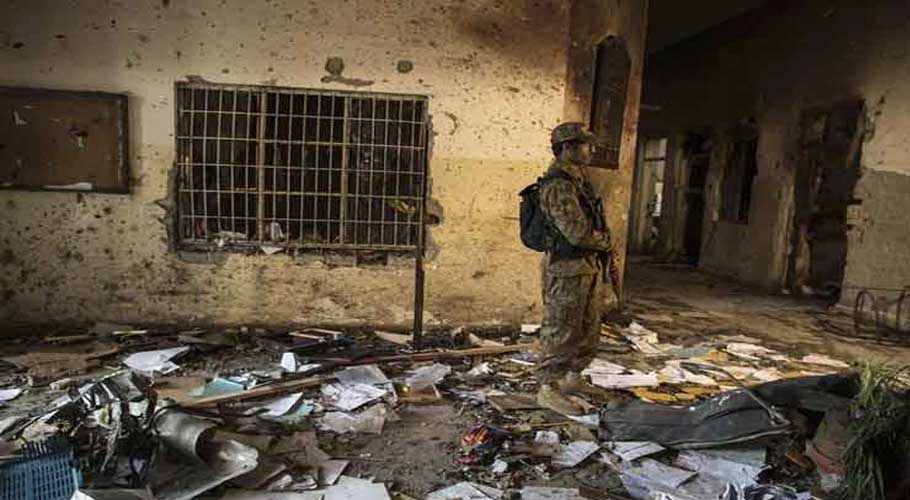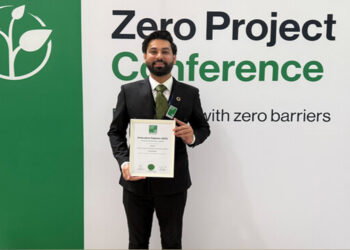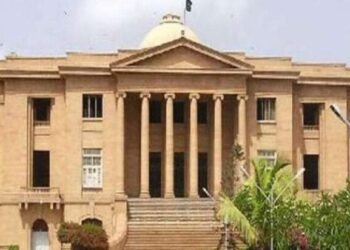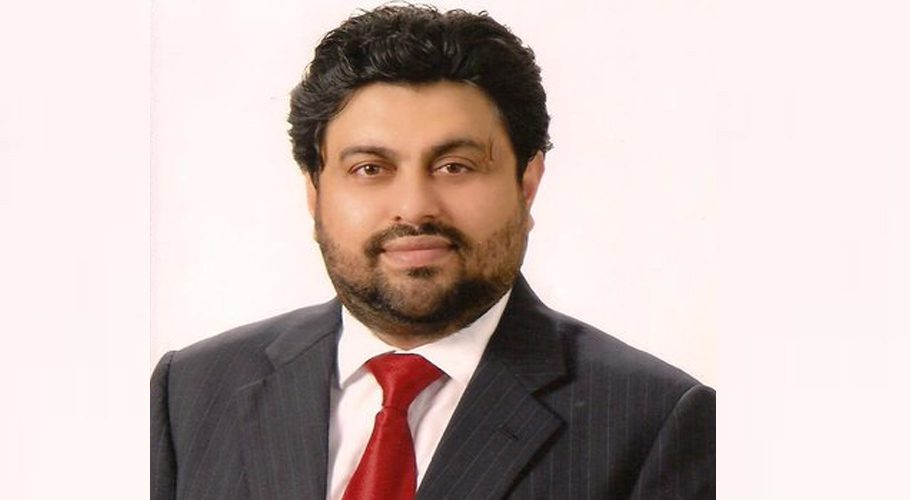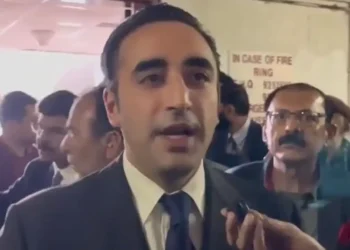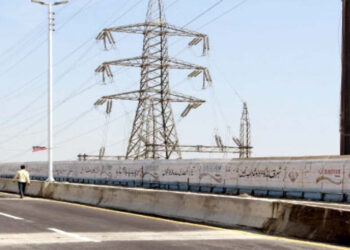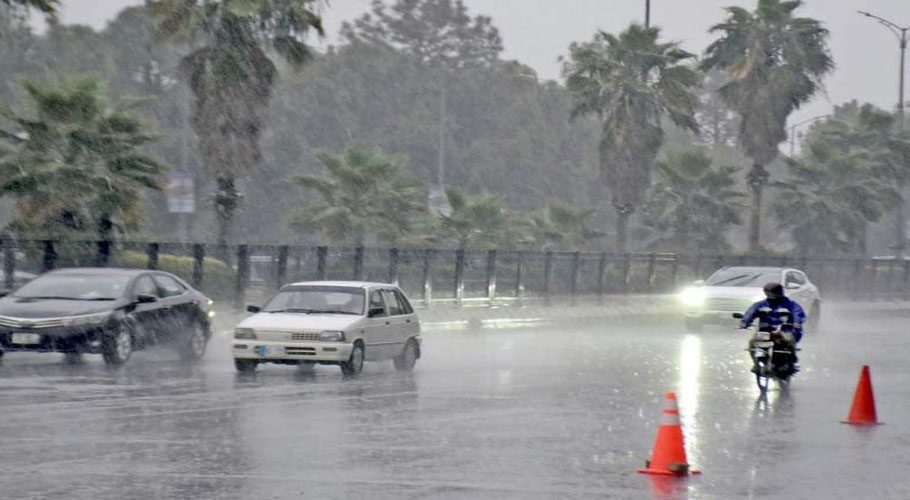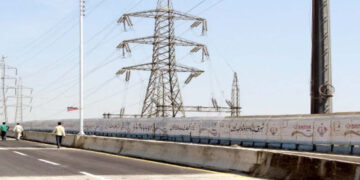![]() Follow Us on Google News
Follow Us on Google News
As soon as December arrives, the bitter memories of the attack on the Army Public School in Peshawar revived, where the country’s future was butchered. Today marks six years since the brutal attack at the Army Public School, and the country continues to remember and mourn the loss of over 140 innocent lives.
The tragedy at the Army Public School in Peshawar was so traumatic that the nation has not moved past ever since. Several survivors, who are now enrolled in different colleges after graduating from the APS, still feel traumatised.
APS was the deadliest terrorist attack ever to occur in Pakistan, surpassing the 2007 Karachi bombing. Let’s take an in-depth review of what happened on that day and the government measures to eradicate terrorism from the country.
The tragedy
On 16 December 2014, at least nine armed militants, wearing paramilitary uniforms, scaled the school’s rear wall on Warsak Road using ladders and cut the barbed wire along the top of the wall.
At the time of the incident, the Army Public School held more than 1,000 staff members and students; many of the pupils were children of military personnel. According to some reports, they bombed their own vehicle to create a distraction for school guards.
Entering the main assembly hall, where a large group of students was taking a lesson in first aid, they proceeded to shoot indiscriminately. The attackers then went to the classrooms, where they concentrated their fire on teachers and older children.
The attack was estimated to have lasted about eight hours. Even as it continued, alarmed parents gathered at the gates of the school compound. Nearly 148 people were killed by the gunmen, and more than 100 were injured.
The responsibility for the attack was claimed by the outlawed Mullah Fazlullah-led Tehreek-i-Taliban Pakistan.
Bitter memories
Terrorism and violence were at their peak when the massacre occurred in 2014. Khyber Pakhtunkhwa was the hotbed of terrorism and Peshawar was a frequent target. The nation has made strides against terrorism ever since, yet many people are still living with the tragedy.
Families of the victims still mourn their loved ones. The students who survive still suffer from mental stress and trauma. The ordinary mother still shivers for a second as she sends her son off to school today.
The survivors said that they were not as satisfied with their academic performance as much as they used to be before the Dec 16, 2014 attack. They said that their capacity to pick lectures in classrooms and understand a topic through book reading had lowered alarmingly after witnessing the bloodbath on that fateful day.
Ehsanullah Ehsan
Former spokesperson of the banned Tehreek-i-Taliban Pakistan (TTP) was reportedly the mastermind behind the horrific attack. However, in the audio clip, Ehsan claimed that he had escaped from the custody of Pakistani security forces.
The audio message, which has by now been widely shared on social media, was originally posted on a Facebook profile by the name of Liaqat Ali. Ehsan said that he was forced to flee because Pakistani institutions had violated an agreement they had entered into with him, prior to his surrender.
Earlier in a call to a Pakistani newspaper, the former militant spokesman claimed that he was in Turkey, along with his wife, son and daughter but refused to say how he had managed to reach there.
The response
In the aftermath of the attack, Pakistan army intensified Operation Zarb-e-Azb in tribal areas where militants had previously operated with impunity, and the government announced to launch the sweeping National Action Plan to tackle militancy.
Earlier this year, the Supreme Court ordered the government to make public the report of a one-member judicial commission into the incident. The 525-page report provided an insight into the security lapses and local facilitation to militants that apparently led to the horrific attack.
The report in its conclusion noted that terrorism perpetrated by Pakistan’s enemies had reached its peak in the year 2013-14, but said: “this [still] doesn’t obligate us to hold that our sensitive installation(s) and soft target(s) could be forsaken as a prey to the terrorists’ attack.”







